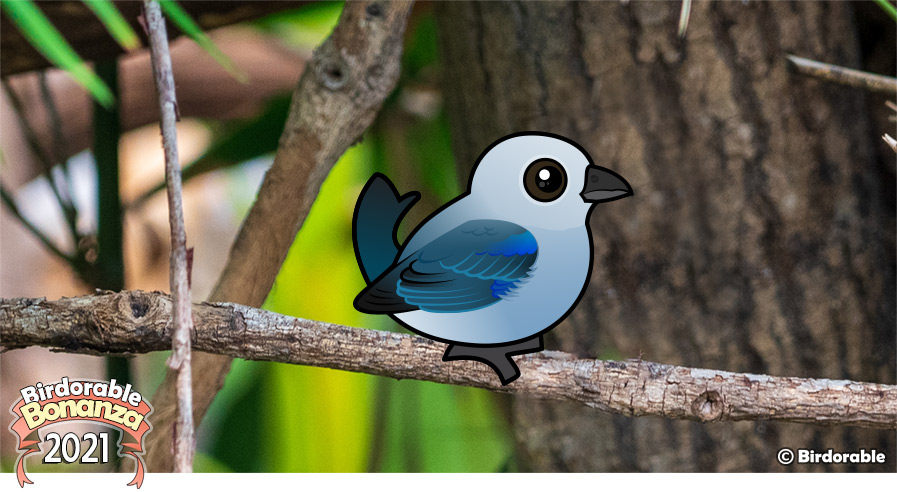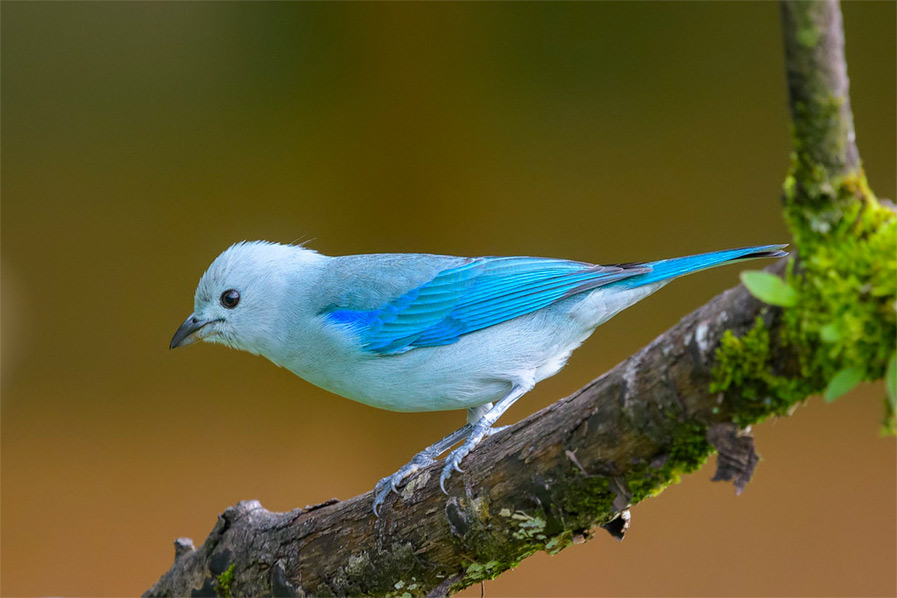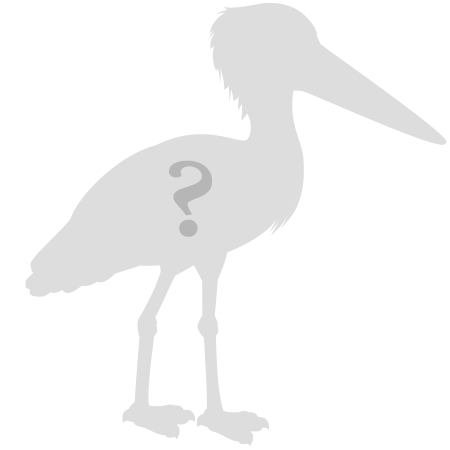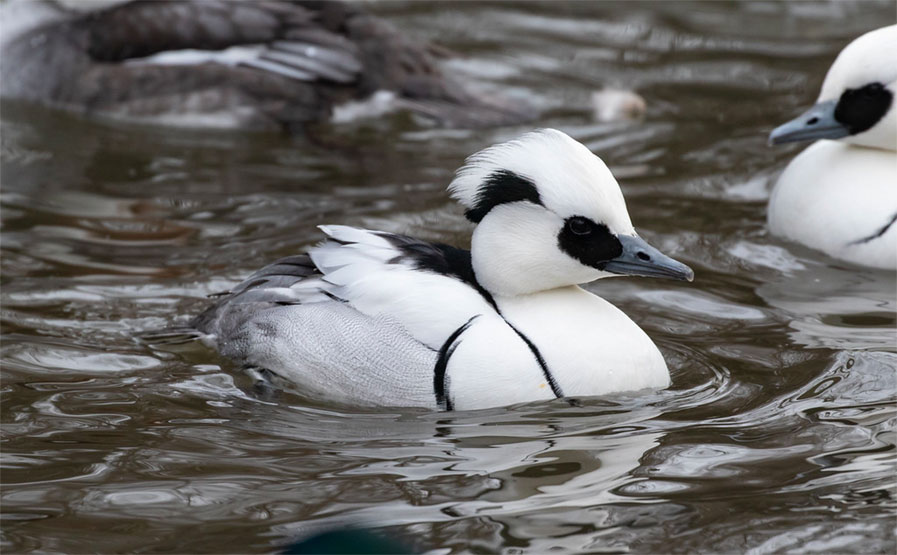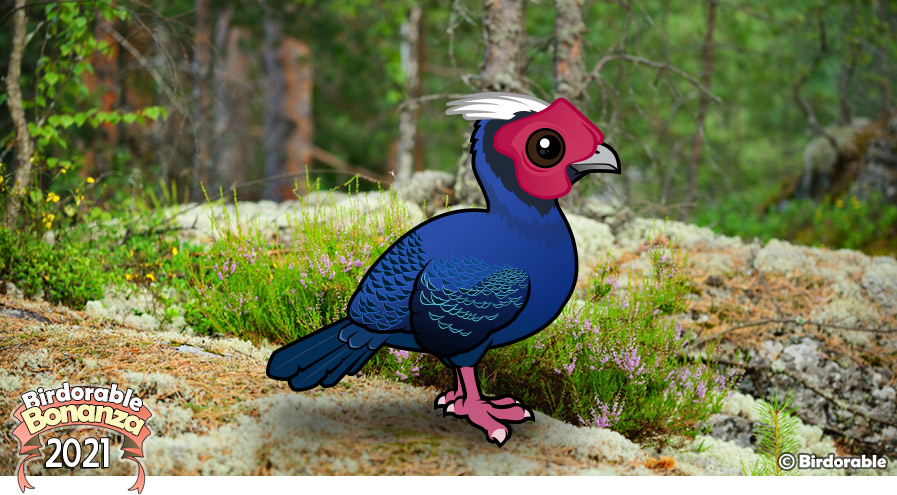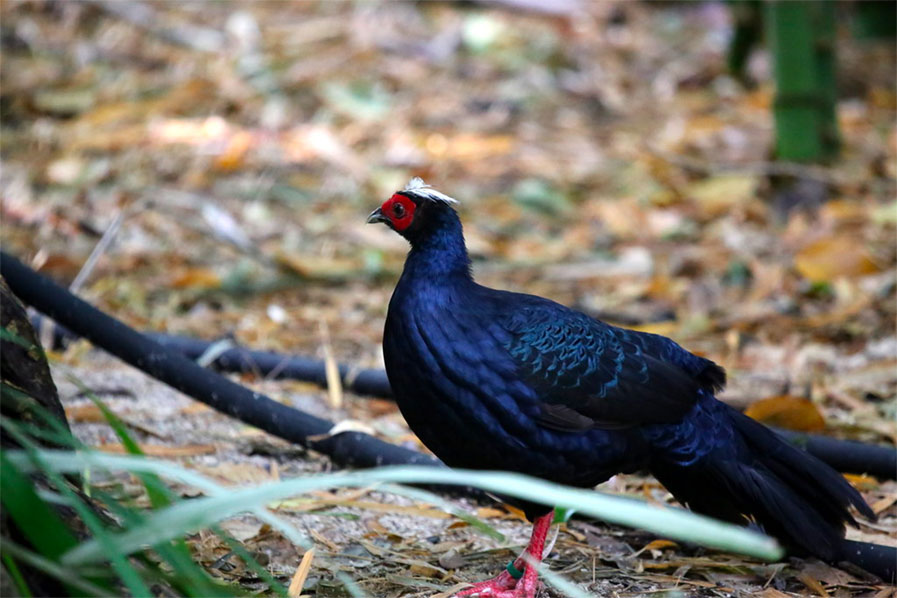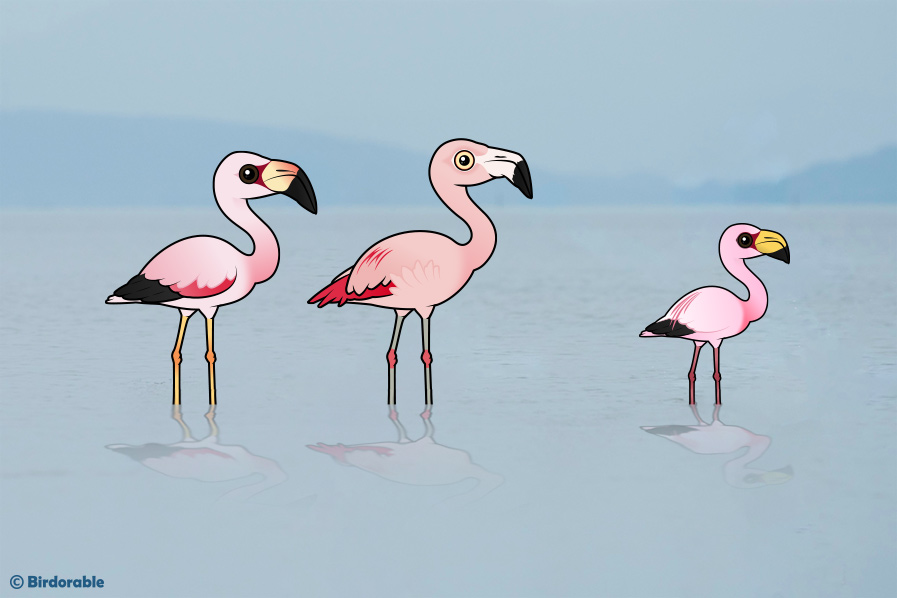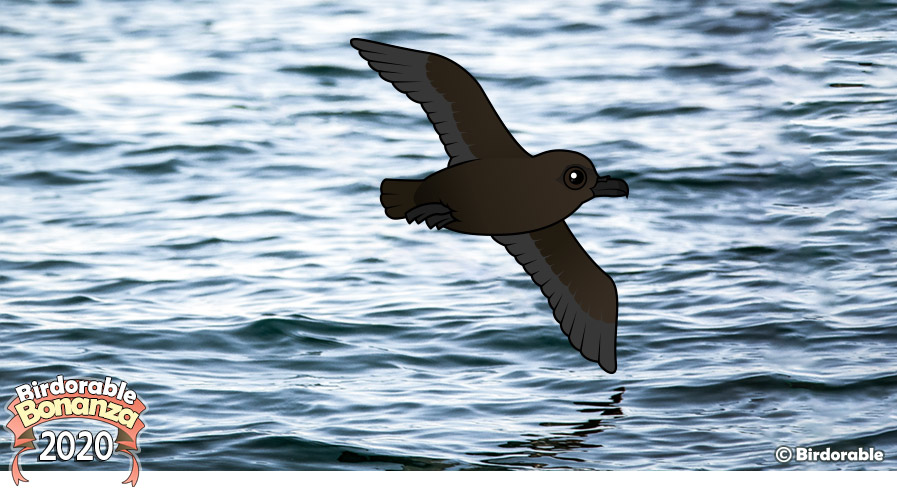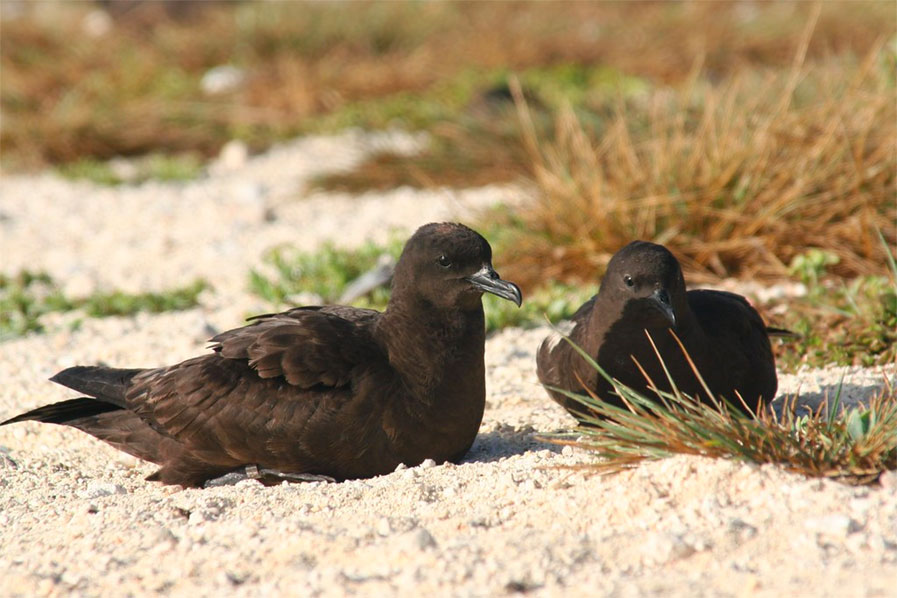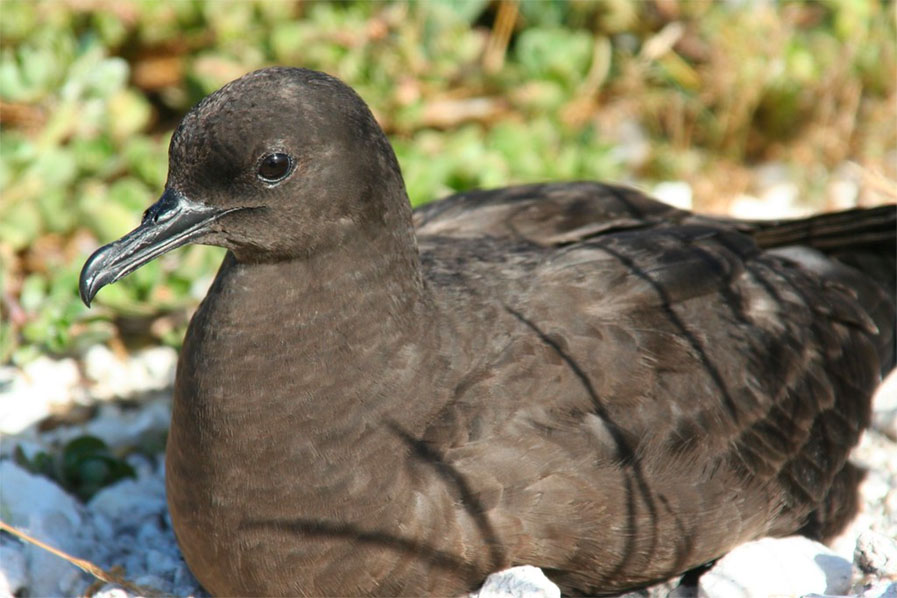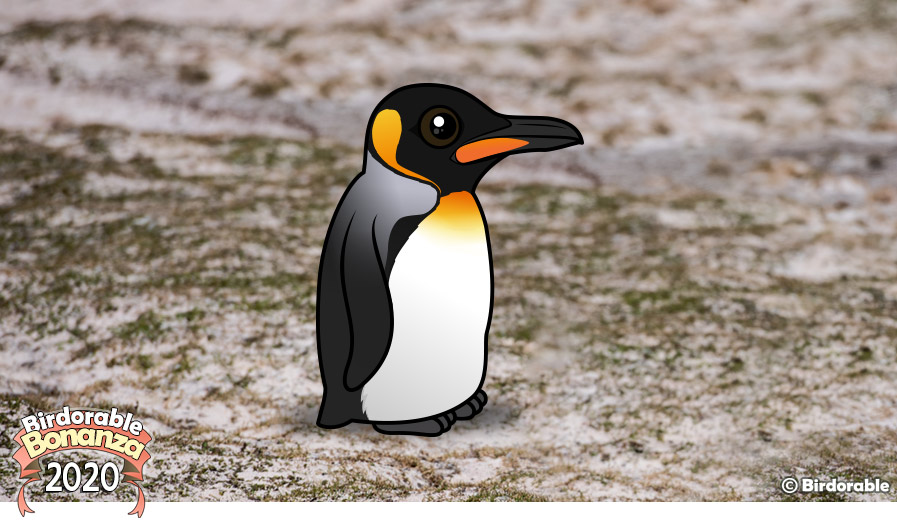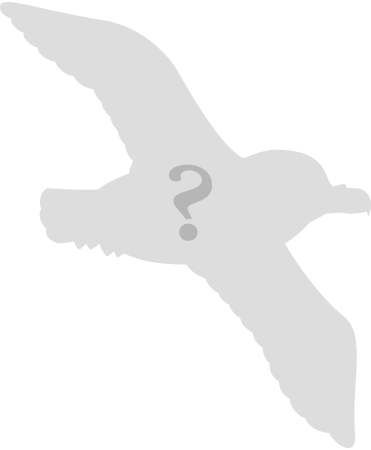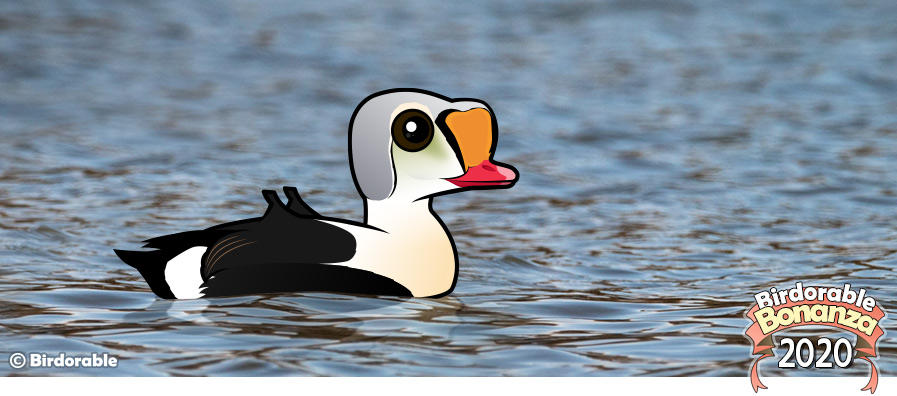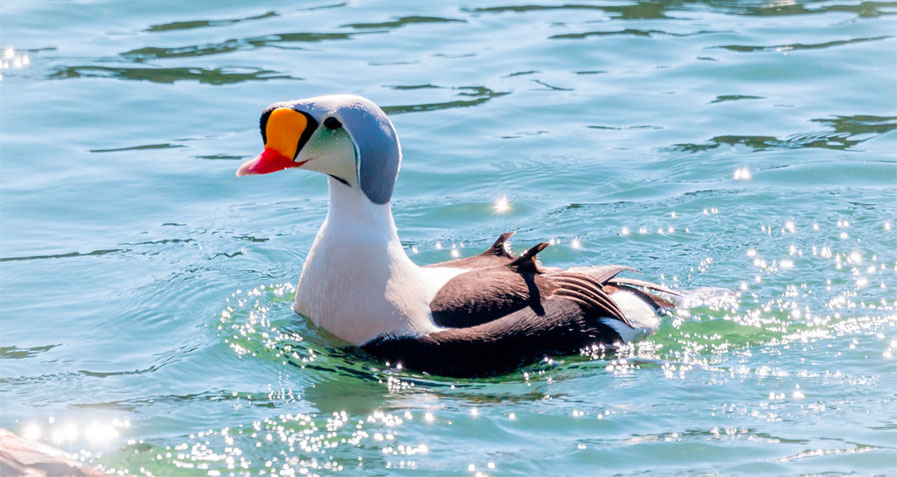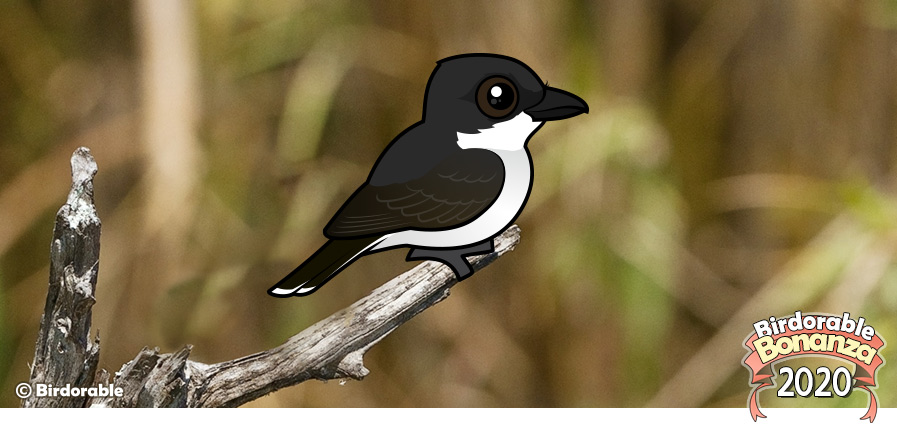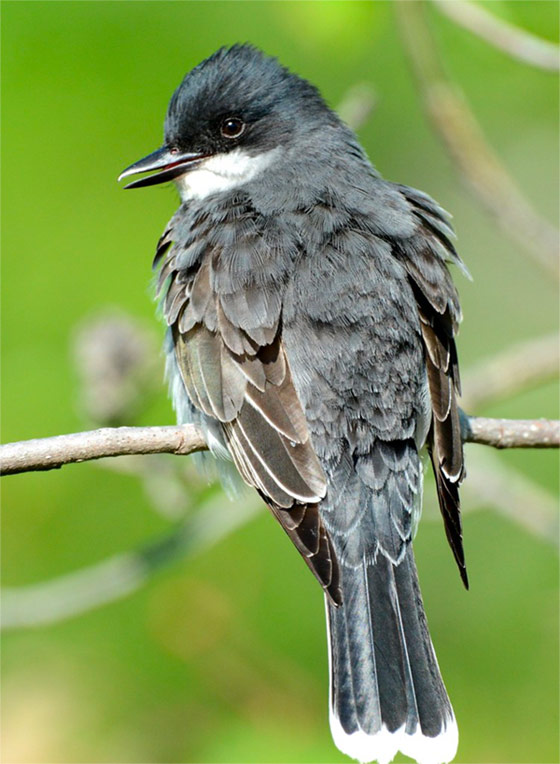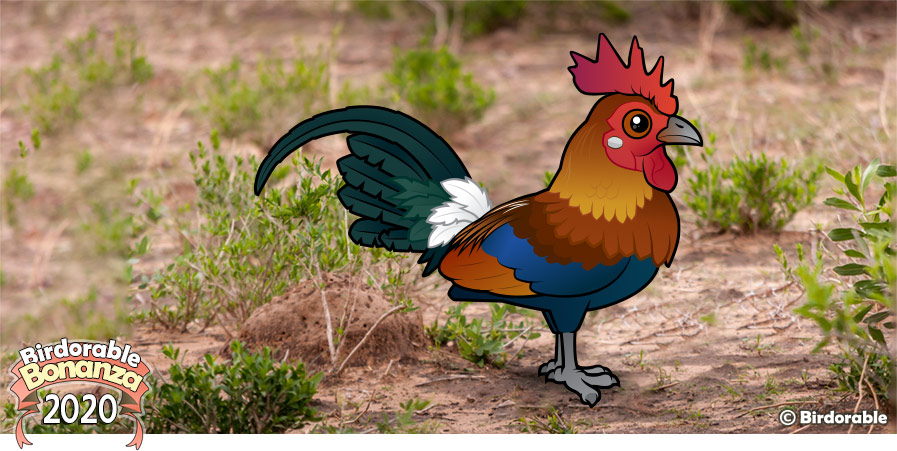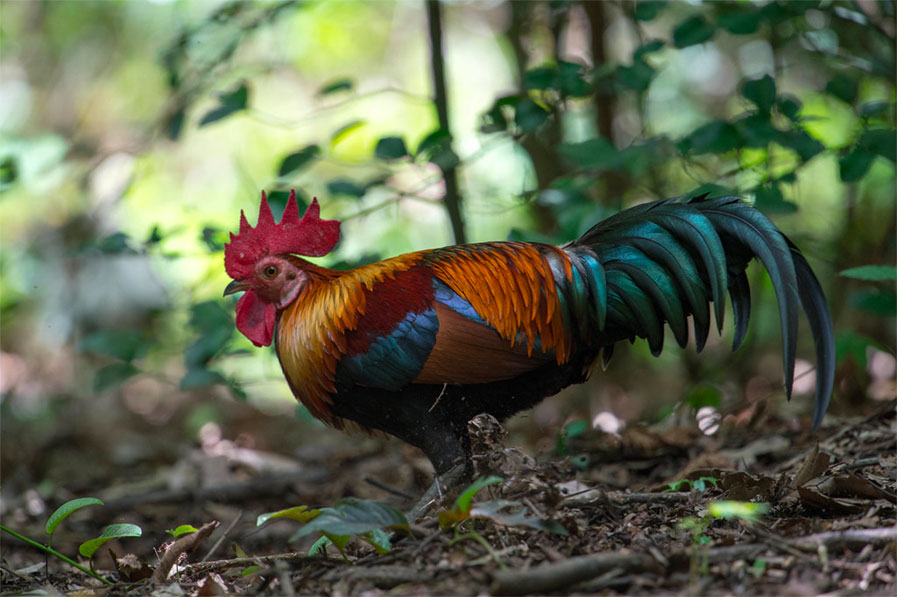2021 Bonanza Bird #4
Introducing the World's Smallest Stork: The Abdim's Stork!
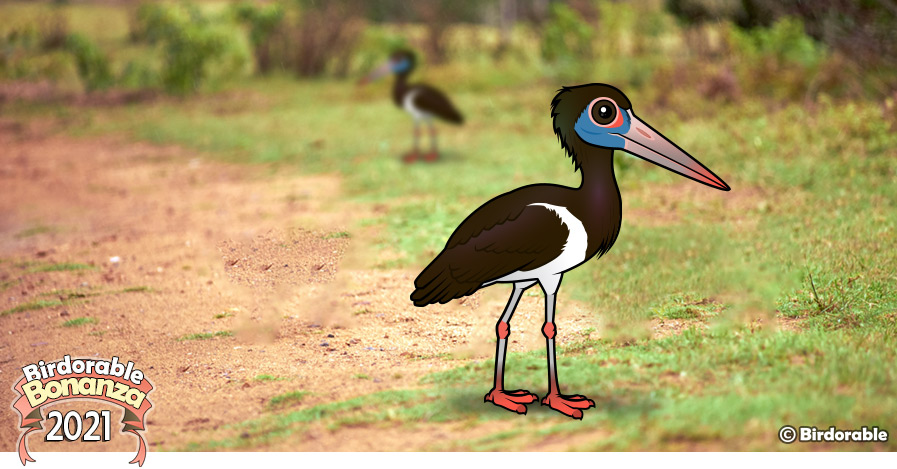
We're excited to welcome the Abdim's Stork to the Birdorable family! This charming bird holds the title of being the world's smallest species of stork, and its diminutive size is just one of the many fascinating facts about this feathered friend.
Abdim's Storks are known for their striking appearance. Their plumage boasts a dark and iridescent sheen that sets them apart from their larger stork relatives. During the breeding season, these elegant birds undergo a captivating transformation. The bare patch of skin on their faces changes color, turning a vibrant shade of blue. It's a beautiful sight that signals their readiness for the breeding season.
These storks are not only visually appealing but also highly migratory. They embark on impressive journeys across the skies, covering vast distances during their annual migrations. While they call sub-Saharan Africa home during their breeding season, their travels take them as far south as South Africa during the non-breeding season.
Keep an eye out for these marvelous birds as they grace the African skies with their presence.
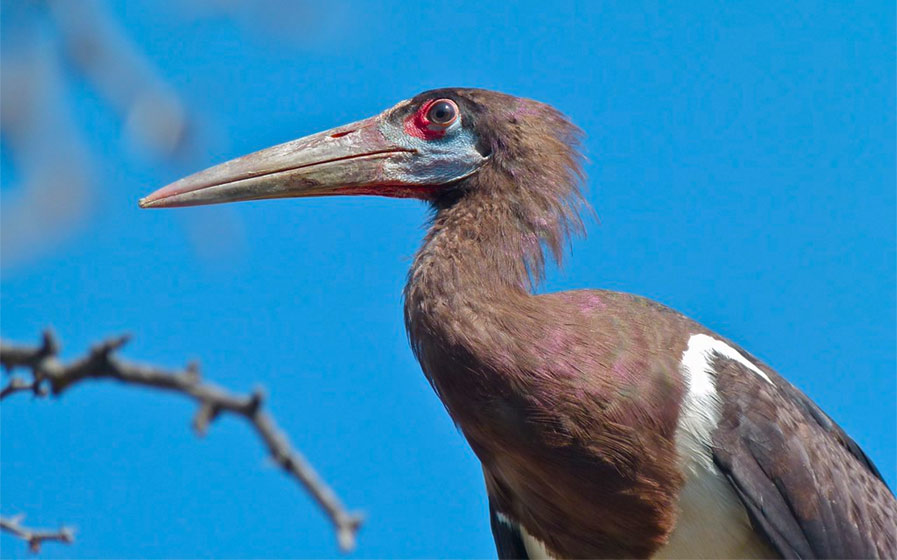
We hope you enjoy getting to know the Abdim's Stork, our latest addition to the Birdorable family. Stay tuned for more captivating bird species coming your way!
Tomorrow we'll add a new species of penguin to Birdorable! This penguin is the only species found north of the equator. Can you guess the species?







